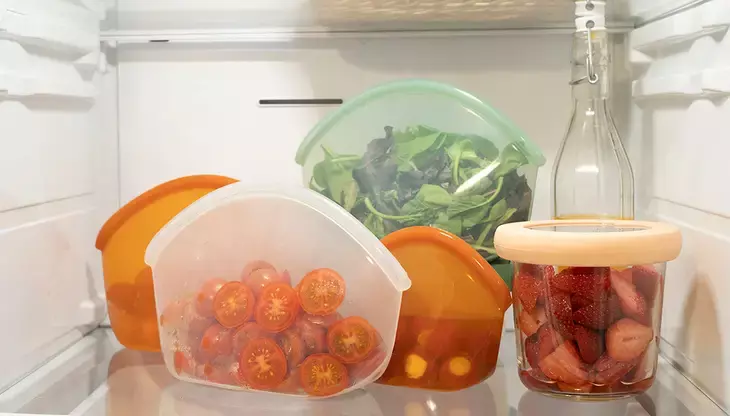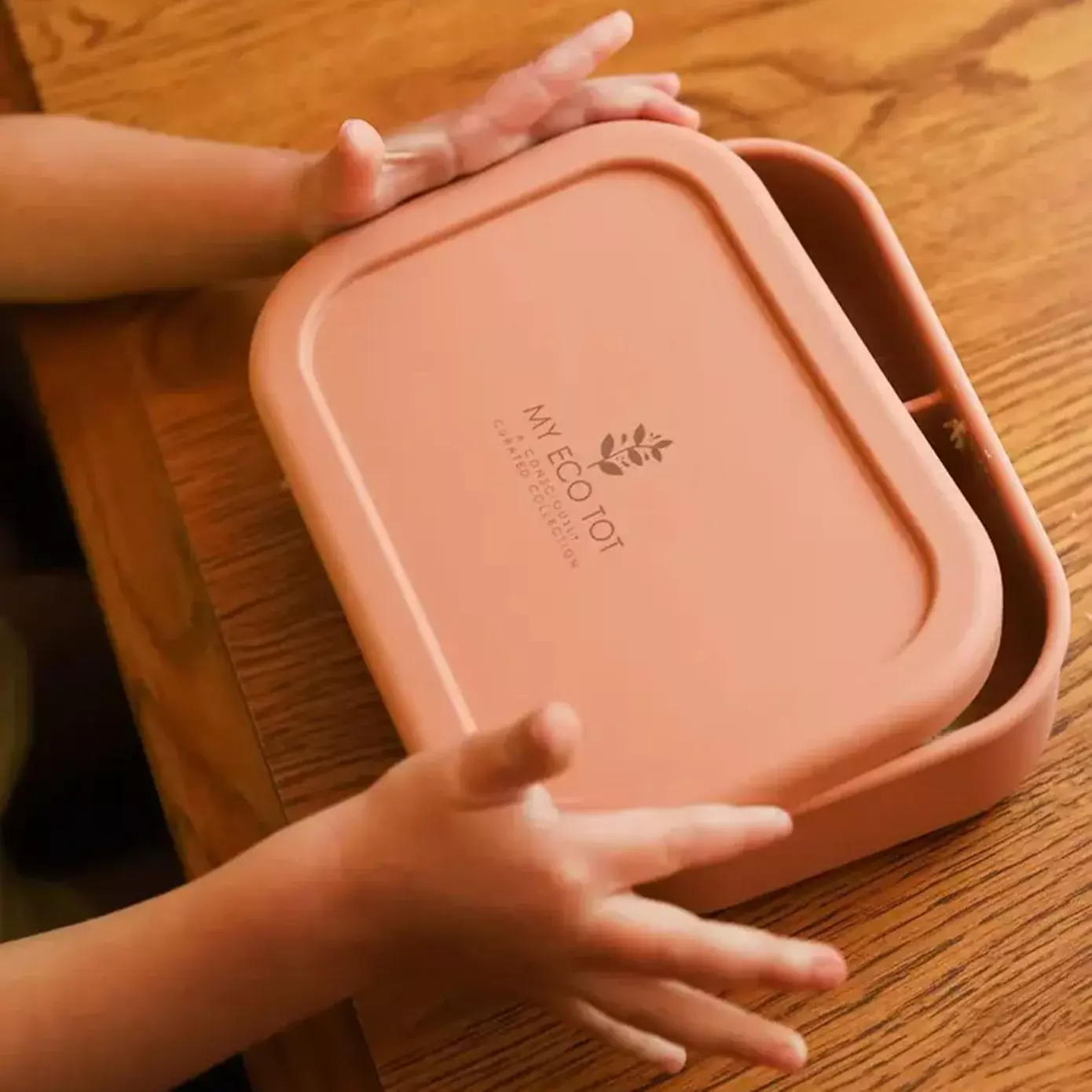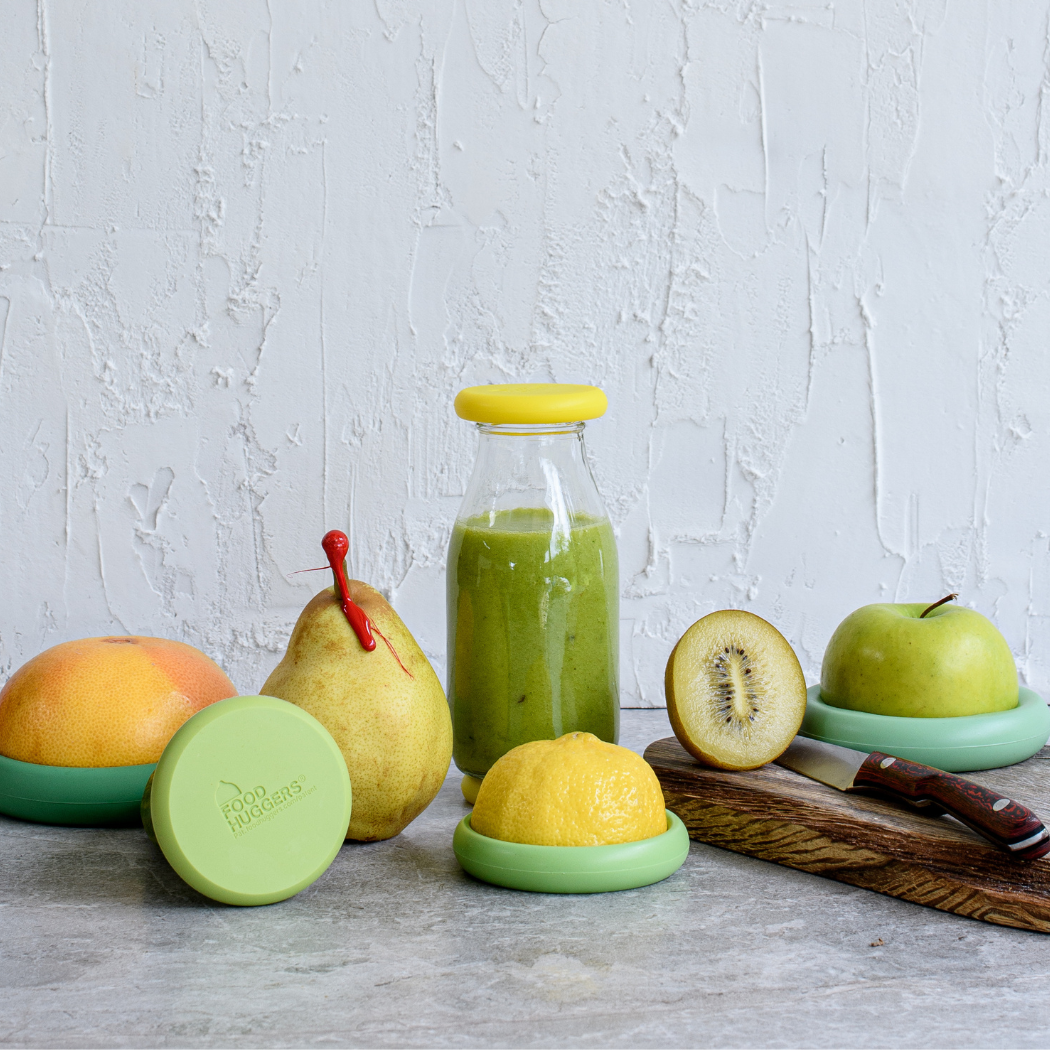Silicone:
The Sustainable Wonder Material for Everyday Products

When you’re shopping for sustainable products, you might come across something called silicone. It’s in all sorts of things—from kitchen tools to phone cases—but what makes it special? Let’s dive into why silicone might just be the eco-friendly material you’ve been looking for.
What is Silicone?
Silicone is a material made from silicon, which is a natural element found in sand and rocks. To turn silicon into silicone, it’s combined with oxygen, carbon, and hydrogen. The result is a flexible, durable material that can handle heat, cold, and wear and tear.
You might recognize silicone as the rubbery material used in baking mats, reusable straws, or sealing rings for jars. But silicone is so much more than just a replacement for plastic. It’s designed to last and can be used in all kinds of products that help reduce waste.


Why is Silicone Sustainable?
-
Durability: Silicone is incredibly tough. Unlike plastic, it doesn’t crack, warp, or melt easily. This means that products made from silicone can last for years, reducing the need to replace them often.
-
Heat and Cold Resistance: Silicone can handle extreme temperatures. You can use it in the oven, microwave, or freezer without worrying about it breaking down. This makes it perfect for reusable food storage bags, baking mats, and even ice cube trays.
-
Reusability: Silicone products are washable and reusable, cutting down on single-use items like plastic wrap, zip-top bags, or paper cupcake liners. Imagine how much waste you can save just by switching to silicone alternatives.
-
Non-Toxic and Safe: High-quality silicone is safe for food use because it doesn’t release harmful chemicals when heated. This makes it a healthier option for you and your family.
-
Recyclability: While not as easily recycled as some other materials, silicone can be recycled at specialized facilities. Some companies even offer take-back programs to ensure silicone products don’t end up in landfills.
Silicone vs. Plastic: What’s the Difference?
Plastic is everywhere, but it comes with a lot of problems. Most plastics are made from fossil fuels, and they’re not biodegradable. This means they stick around in landfills and oceans for hundreds of years, harming wildlife and polluting the planet.
Silicone, on the other hand, is more environmentally friendly. It’s made from silicon, a natural resource, and it’s designed to be long-lasting. While silicone isn’t biodegradable, it’s less likely to break into tiny pieces, or microplastics, that can pollute water and soil.
How to Use Silicone in Your Life
If you’re looking to make your life more sustainable, here are some easy ways to use silicone:
-
In the Kitchen: Swap plastic wrap for silicone food covers or baking paper for silicone mats. Use silicone containers for leftovers and silicone straws instead of disposable ones.
-
On the Go: Try a silicone travel mug for your coffee or a foldable silicone water bottle. These are lightweight and reusable, making them perfect for reducing waste while you’re out and about.
-
For Cleaning: Silicone sponges and scrubbers are durable and long-lasting alternatives to traditional sponges, which often end up in the trash.
Tips for Shopping for Silicone Products
-
Look for High-Quality Silicone: Not all silicone is created equal. Make sure to choose products labeled as food-grade or medical-grade, especially if you’ll be using them with food.
-
Check for Certifications: Look for certifications like FDA-approved or LFGB-certified to ensure the silicone meets safety standards.
-
Support Brands That Recycle: Some companies offer take-back programs for their silicone products. Choosing these brands helps close the loop and keeps silicone out of landfills.
Avoid Cheap Knockoffs: Low-quality silicone might contain fillers that reduce durability and safety. Always buy from trusted brands.

The Future of Silicone and Sustainability
Silicone isn’t perfect—it’s still made using energy-intensive processes, and recycling it isn’t as simple as tossing it into your curbside bin. But as more people prioritize sustainability, companies are finding new ways to improve the production and recycling of silicone. Innovations like biodegradable silicone and better recycling systems could make this material even more eco-friendly in the future.
Conclusion
Silicone is a fantastic option for anyone looking to live more sustainably. It’s durable, reusable, and safer for the environment than many alternatives. While it’s not a magic solution to all environmental problems, it’s a step in the right direction for reducing waste and making thoughtful choices.
Next time you’re shopping, keep an eye out for silicone products. Whether it’s a baking mat, a reusable straw, or a travel mug, you’ll be making a small but meaningful change for the planet.
Check out silicone products on Earthshopp:

